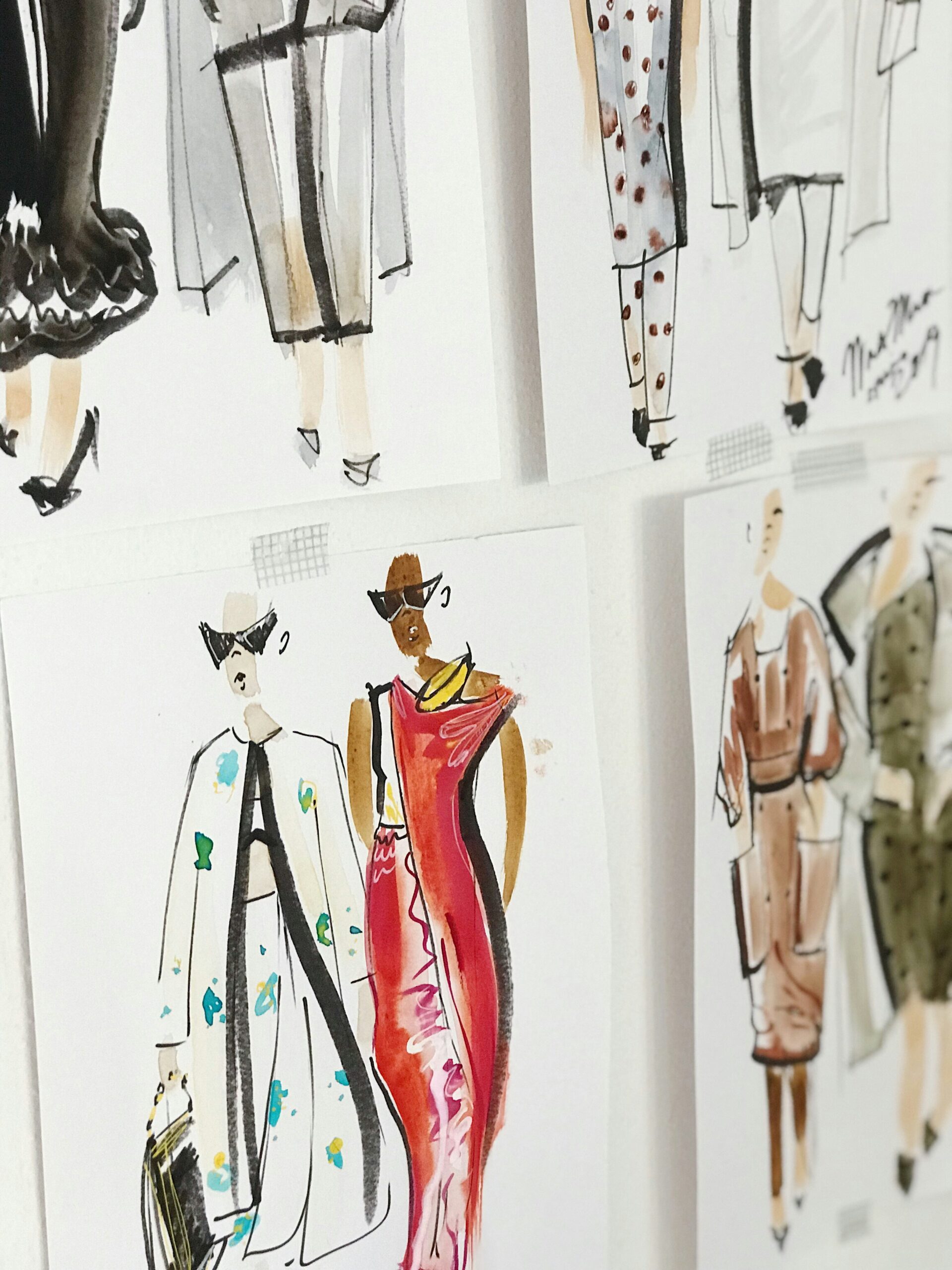As designers begin planning for Spring Summer 2026, one thing is clear: success this season will depend on a sharp balance of creativity, climate responsiveness, sustainability, and digital strategy. These seven research-backed considerations are crucial before sketching your next collection.
1. Climate-Informed Fabric Performance
SS26 is projected to be one of the warmest fashion seasons in recent memory. Designers must move beyond visual inspiration and consider temperature-sensitive fabric choices. Natural fibers like linen, cotton, and silk-cotton blends are essential for breathability. Moisture-wicking finishes, UV-resistant coatings, and quick-dry technologies are no longer exclusive to activewear but are influencing daywear and resort-wear alike. Technical fabrics offering natural cooling and air circulation are also gaining relevance, especially in tropical and transitional markets.
2. Prioritizing Texture and Innovation in Fabric
The SS26 fabric forecast leans heavily on tactile appeal. Buyers are showing increased interest in textiles that feel luxurious to touch and perform well under changing climate conditions. Expect a rise in woven slub textures, crinkled cottons, matte-sheen blends, and soft but structured fabrics. There is also growing demand for blends that merge natural and regenerated fibers, such as cotton-Tencel, viscose-modal, and bamboo-silk, offering both sustainability and sensory satisfaction.
3. Responsible Sourcing and Material Traceability
Global regulations and conscious consumers are pushing for a shift in the materials landscape. Designers must opt for fabrics that are certified, traceable, and ethically sourced. Collections incorporating organic cotton, regenerated cellulose fibers, or recycled polyester not only align with sustainability goals but also increase marketability to international buyers. Transparent supply chain documentation is now expected, and designers must be able to account for the environmental and social impact of every fabric used.
4. Circular Thinking in Design and Sampling
Zero-waste principles, modular design, and digital development tools are central to how leading brands are building their SS26 offerings. Digital prototyping and 3D sampling reduce physical waste and cut down lead time. Incorporating deadstock or surplus fabric into core designs is also gaining traction, with many luxury brands adopting this model to create capsule edits. Collection development today must begin with a consideration of end-of-life solutions, reuse potential, and production scalability.
5. Functional Fabric Is the New Standard
Functionality is no longer confined to sportswear. There is a rise in interest around garments that are easy to care for, multi-purpose, and comfortable without compromising on design. For SS26, buyers are looking at garments that can transition across day parts or settings—loungewear silhouettes in structured knits, wrinkle-free fabrics for travel, and water-repellent materials used creatively in outerwear and resort pieces. The designer who thinks beyond appearance earns longer relevance in the customer’s wardrobe.
6. Color Palettes That Balance Calm and Energy
According to forecasting agencies, the SS26 season will favor dual directions: grounded nature-inspired tones like sand, olive, and clay balanced with soft optimistic hues like lilac, mint, and peach. As the world continues to navigate emotional fatigue and digital immersion, fashion color stories are moving toward calm and comfort with an undercurrent of vitality. Designers are encouraged to treat color as a mood-setting tool that connects the physical and digital wardrobes seamlessly.
7. Digital Presentation Is Your First Impression
More than ever, your collection will be viewed through a screen before it is ever touched. Whether you are showing on a runway, in a showroom, or on a B2B platform, visual storytelling is key. Flat-lays, draped videos, digital lookbooks, and 3D product previews are not just add-ons but critical decision-making tools for buyers. A strong digital presentation conveys professionalism, reliability, and readiness.
Designing for SS26 requires more than creative intuition. It demands data-driven decisions, technical awareness, and a refined understanding of evolving market needs. By addressing these seven pillars early in your process, you are not just preparing a collection, you are building a future-facing brand identity that speaks to innovation, intention, and impact.


